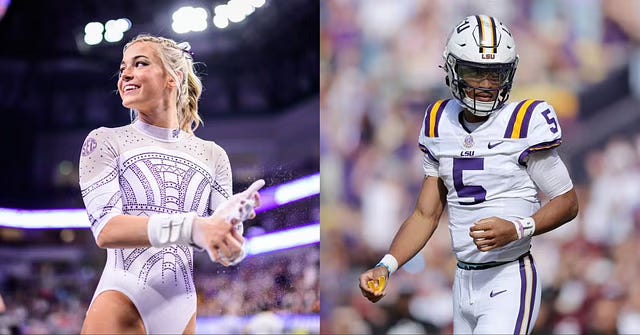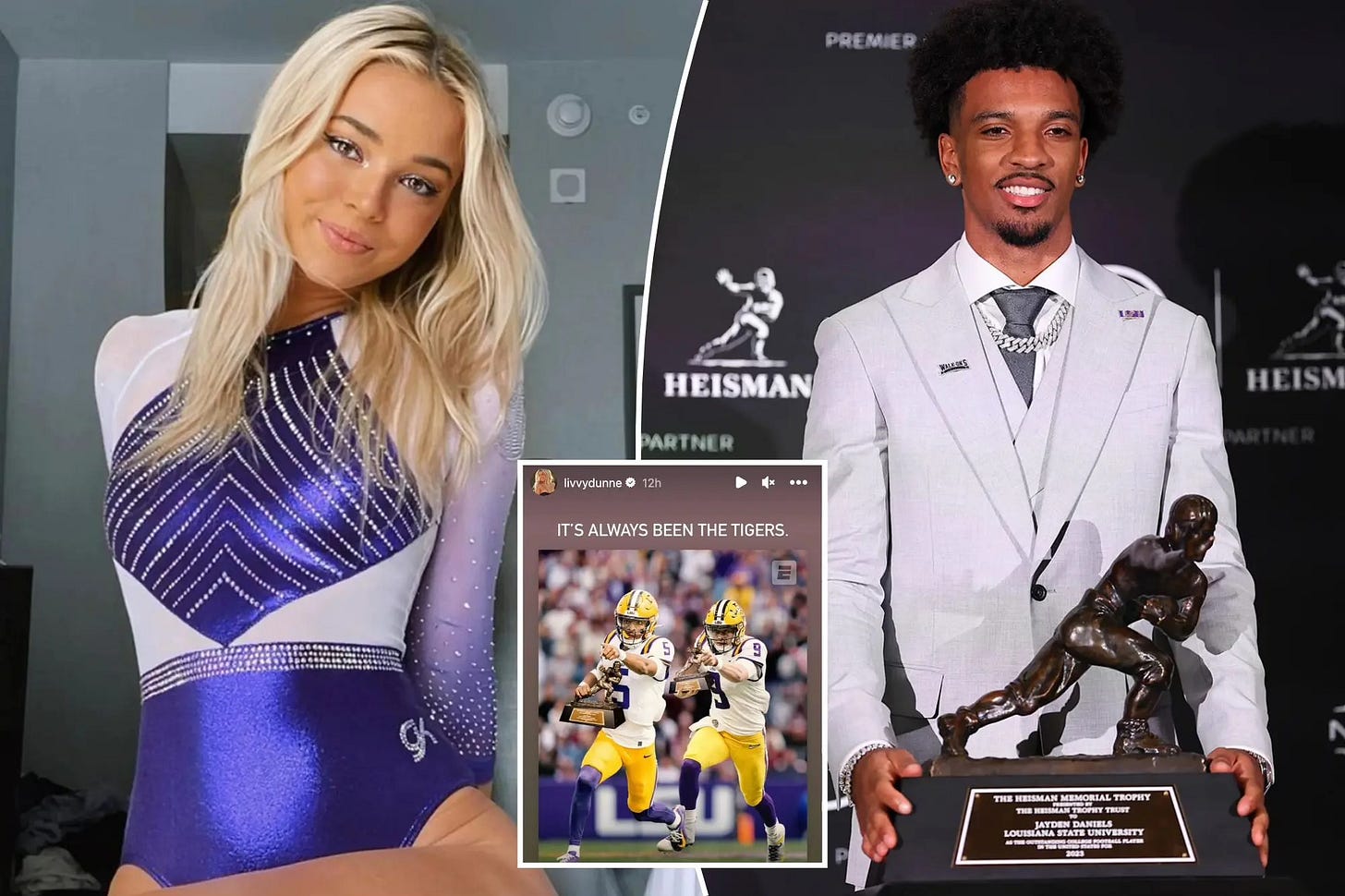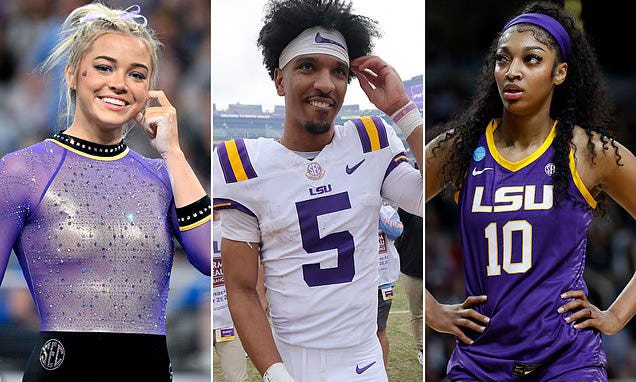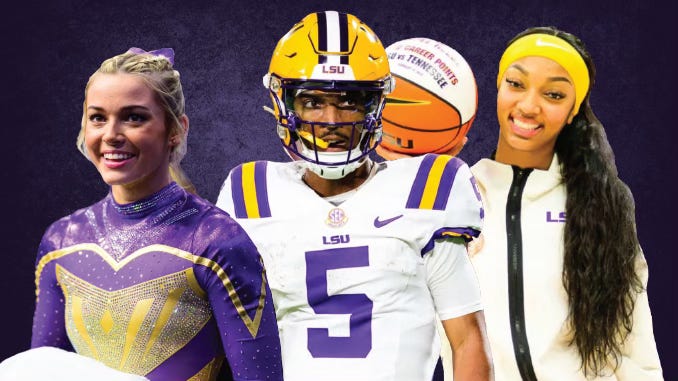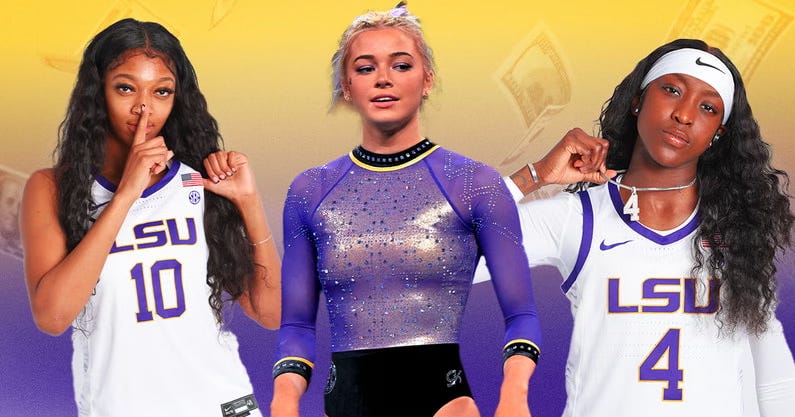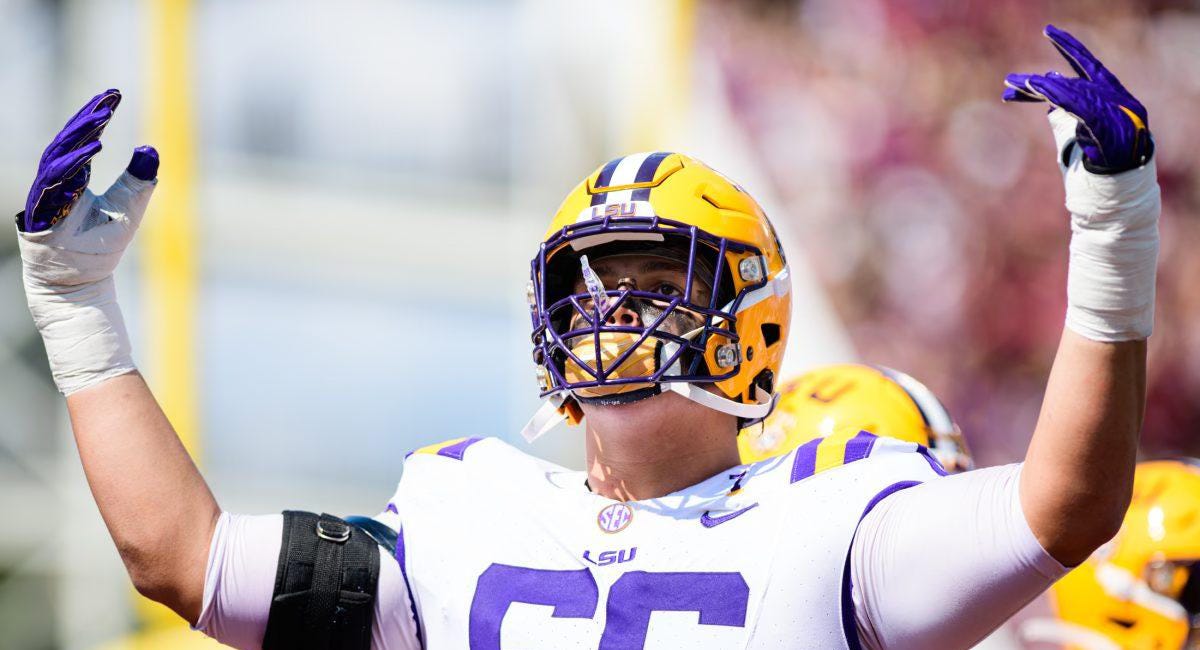Saving College Sports: How Louisiana Can Lead NIL Reform
By The Bayou Insider Staff
On a crisp Saturday in Baton Rouge, thousands of fans pack Tiger Stadium to cheer on their team. It’s a tradition steeped in community pride, school spirit, and the belief that college sports represent something bigger than money or fame. But in today’s NIL era—where freshmen can sign six-figure endorsement deals before taking a snap—the game is changing fast.
Name, Image, and Likeness (NIL) rights were supposed to fix an injustice: allowing college athletes to profit from the immense value they generate. And in many ways, they have. But without meaningful guardrails, NIL has ushered in an era of unchecked spending, transfer chaos, and growing inequity across college athletics.
The result? A system that increasingly mirrors the pros—without the structure to support it.
The Promise of NIL
The initial vision of NIL was rooted in fairness. For decades, student-athletes were barred from receiving compensation while universities, television networks, and apparel companies cashed in. When the U.S. Supreme Court ruled against the NCAA’s restrictions in 2021, it opened the door for athletes to profit from personal endorsements, social media influence, and business partnerships.
It was a victory for individual freedom and economic opportunity. Many athletes—especially those from working-class backgrounds—now have the chance to support their families, fund their education, or launch entrepreneurial ventures.
But while the intent was noble, the execution has been anything but orderly.
5 Ways NIL Is Failing
1. Pay-for-Play Disguised as Sponsorship
In theory, NIL deals are meant to reflect a player’s brand value. In reality, they’ve become a recruiting tool—offered not for merit, but to lure talent. Boosters and “collectives” at top schools funnel millions into pseudo-sponsorships, effectively turning recruiting into a bidding war.
2. Uneven Playing Field
Wealthier programs now dominate the NIL landscape. Smaller schools—like many in Louisiana—struggle to compete, despite having passionate fan bases and talented coaching staffs. The resource gap is widening, threatening competitive balance across conferences.
3. Transfer Portal Whiplash
With no loyalty incentives, athletes jump schools frequently in search of better deals. The “one-and-done” model has spread beyond basketball, with players transferring two or three times during their college careers.
4. Academic and Team Focus Eroded
With so much emphasis on brand-building and endorsements, education often takes a back seat. Team chemistry suffers when players are focused on their individual market value instead of a shared mission.
5. No National Standards
Each state sets its own NIL rules. The NCAA has provided little enforcement, and universities are left to navigate a legal and ethical maze with no clear guidance.
Why This Matters for Louisiana
Schools like LSU, UL Lafayette, Southern, and Louisiana Tech aren’t just athletic programs—they’re cultural institutions. They bring people together, lift communities, and serve as pathways to success for thousands of young athletes.
But without reform, Louisiana programs risk becoming feeder schools—developing players only to see them leave for higher-paying opportunities elsewhere. That’s not just bad for competition. It’s bad for fans, coaches, and the athletes themselves.
7 Reforms That Can Save College Sports
Rather than roll back NIL altogether, the goal should be to restore structure, accountability, and fairness—while still honoring athletes’ rights to profit from their name, image, and likeness. Here are seven reforms worth considering:
1. Require Repayment of NIL Money if an Athlete Transfers
To prevent “cash and dash” behavior, NIL deals should include clauses requiring athletes to repay or forfeit compensation if they transfer before fulfilling the terms of their contract. This ensures accountability and protects sponsors from premature departures.
2. Cap Annual Earnings with Excess Held in a Trust
Set an annual cap—such as $100,000—that athletes can access while in school. Any earnings beyond that would be held in a trust, accessible after graduation or completing eligibility. This balances present freedom with long-term financial responsibility.
3. Create Transfer Deadlines Like the NFL Trade Window
Lock in clear, biannual transfer portal windows. Once the deadline passes, players cannot transfer until the next window unless they meet hardship exemptions. This brings much-needed order to roster management.
4. Limit Transfers to Once Every 2.5 Years or Require a Sit-Out Year
Give athletes the freedom to transfer—but only once every 2.5 years. Any additional moves within that period would require the athlete to sit out a full season. This would encourage stability and commitment to a program.
5. Cap Total NIL Contributions Per Athlete
Establish a reasonable cap on total NIL income to prevent excessive bidding wars and promote competitive equity. Programs could opt into “Fair Play Tiers” with recruiting or scheduling incentives for participation.
6. Share a Portion of NIL Revenue with Coaching Staff
Athletes benefit from the development and support of their coaches. A small percentage (such as 5%) of NIL funds could be pooled and shared with coaching staff to support mentorship and team cohesion—especially for lower-paid assistant coaches.
7. Standardize NIL Contracts with Enforceable Accountability
All NIL agreements should include clear expectations, deliverables, and penalties for breach—just like any professional contract. This protects sponsors, schools, and athletes alike from fraud, nonperformance, or image damage.
Restoring Balance Without Killing Opportunity
NIL doesn’t need to be scrapped. It needs to be reformed—with the right boundaries, transparency, and incentives to promote what makes college sports special: teamwork, loyalty, and the pursuit of something bigger than oneself.
College sports are built on legacy. The Saturday rituals. The underdog stories. The rivalries passed down through generations. If we allow NIL to erode those foundations unchecked, we’ll lose more than balance—we’ll lose the soul of the game.
Final Word: Time to Lead
Louisiana has always been a place that punches above its weight. Whether on the field or off, we know how to fight for what matters. If state legislators, school leaders, fans, and alumni come together now, we can shape an NIL future that protects athletes and preserves the magic of college sports—for everyone.




